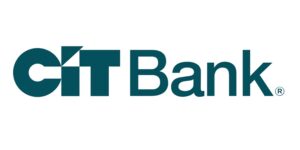 A routing number is a nine digit code that banks use to make money transfers to one another. This code will enable them to verify one another to be sure that the money is going to the right place. You’ll need to know your bank’s or credit union’s routing number to be able to move your funds around. Read below to see more information on what a routing number is.
A routing number is a nine digit code that banks use to make money transfers to one another. This code will enable them to verify one another to be sure that the money is going to the right place. You’ll need to know your bank’s or credit union’s routing number to be able to move your funds around. Read below to see more information on what a routing number is.
What is a Routing Number?
Normally, a financial institute uses routing numbers to verify each other. This way, they know where to deposit the funds. The American Bankers Association (ABA) is the one who created this code in 1910. BMO Harris Bank’s routing number is: 071025661.
You can look for this code at the bottom left corner of your checks. However, if you don’t have one to look at, there are many other ways you can look for your banks routing number. First, check out the financial institutes website, they will normally have it listed here. If not, contacting them or looking online are other good sources. Keep in mind, you must have the right number so your funds are processed correctly.
Multiple Routing Numbers
It is possible for banks and credit unions to own more than one routing number. Especially bigger institutions like Wells Fargo and Chase. Having several codes have different purposes and represent where your bank is located. Another good reason is that sometimes a bank will merge with another bank, so it gets a different code.
Additionally, there are international wire transfers available as well. They use SWIFT codes to receive and move your money. However, BMO Harris states that if you send a wire transfer via phone, you must fill out a Wire Transfer Services Agreement.
Conclusion
Now, when you make money transfers, you know what you need to make the process more successful. A routing number will enable a financial institution to know where they need to send the money to. Be sure to check if you have the right code for your bank. If the number isn’t correct your transfer can be delayed or rejected.



